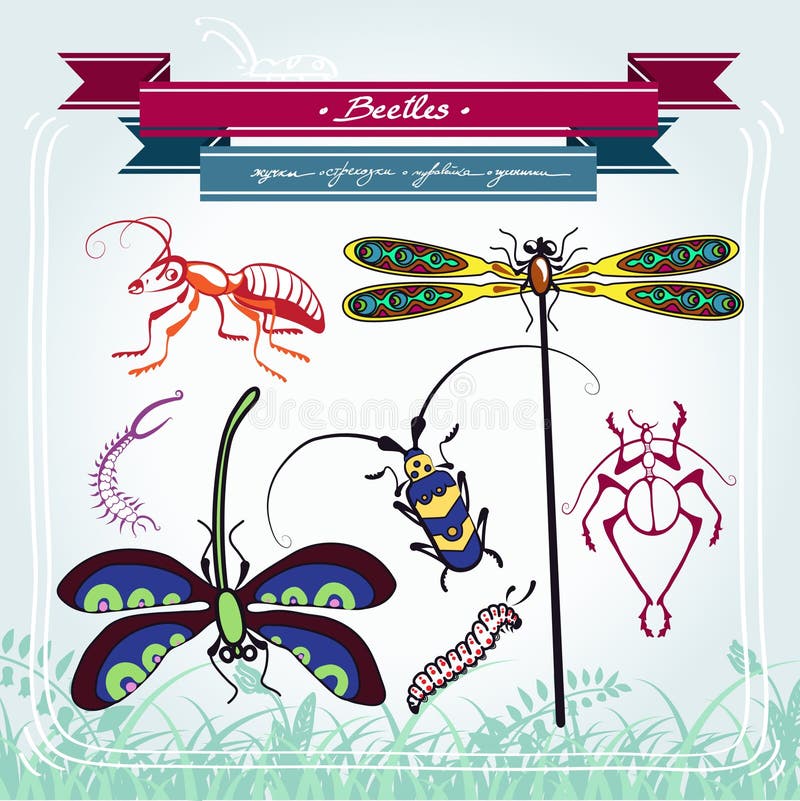

He has been a visiting scientist at the Australian National Insect Collection in Canberra, and is a Research Associate of the Australian Museum and a Visiting Fellow at the Smithsonian Institution. He has published more than 300 scientific papers, and over the years has described more than 60 new species and several new genera of Australian dragonflies. Günther Theischinger has had a lifelong interest in aquatic insects. Features illustrations by renowned dragonfly illustrator Albert Orr.

Includes distribution maps and stunning color photographs.Provides identification keys for both adults and larvae.Includes newly established taxa, as well as at least five new species and several reclassified species/genera.Fully revised text, with updates to family names to match new world consensus systematics.The extraordinary diversity of dragonflies will interest entomologists and amateur naturalists alike. This second edition of The Complete Field Guide to Dragonflies of Australia also includes illustrations by Albert Orr, one of the most renowned dragonfly illustrators. Stunning full-color images and distribution maps are accompanied by identification keys for adults as well as larvae, which are often used as bait for freshwater fish. It has been updated with newly identified species and revised family names to reflect new world consensus systematics. This comprehensive guide to the Australian dragonfly fauna covers eight families of dragonflies and 10 families of damselflies, comprising the 113 genera and 333 species found in Australia. A detailed knowledge of the dragonfly fauna is therefore an important basis for decisions about environmental protection and management. They are also valuable indicators of environmental wellbeing. Thus the larvae stage comes to an end, and the adult dragonfly emerges out of this larval skin.Dragonflies and damselflies are conspicuous insects: many are large and brightly colored.
#Dragonfly larvae illustration skin
Then it anchors itself vertically with the help of its claw, and slowly its skin behind the head, starts to split. Later, it climbs on some emergent plant or reed and starts to molt. Gradually its respiratory organs start to breathe air, and its head alone stands out of the water. When the larva gets ready to transform into an adult dragonfly by the process of metamorphosis, it stops eating, and emerges from the water to the surface, mainly at night. In this stage, the larva molts around 6 to 15 times. They respire through the gills present in the rectum. At this stage, it feed on tadpoles, small fish and mosquito larvae with its toothed mouth part known as labium.

This larval stage of dragonflies extends till five years in big species, and around two months to a period of three years in smaller types. In a single clutch of an adult dragonfly, around 1500 eggs are produced, which takes 7 days to hatch and evolve as an aquatic nymph. Lifecycle The discarded exoskeleton of dragonfly nymph. They stick to the bottom parts of wood or rock submerged in the water. They mostly prefer the areas where the water is still or slowly moving. The dragonfly larvae are aquatic in nature, and are found under the water in rivers, streams, lakes, ponds and wetlands.


 0 kommentar(er)
0 kommentar(er)
